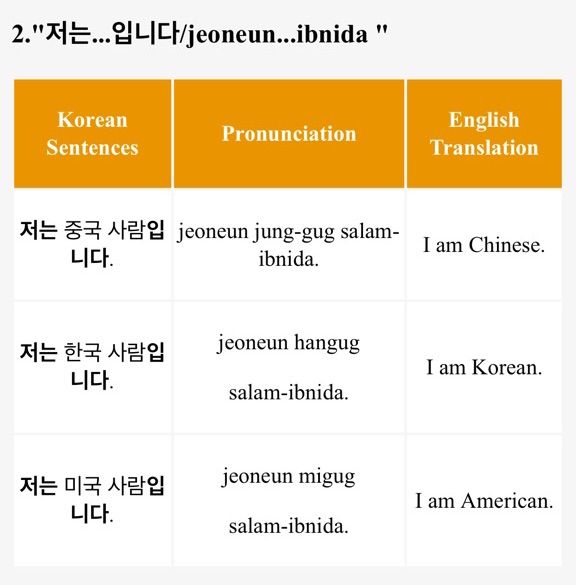
Moreover, writing Thai scripts also can be challenging for English speakers. What’s more, there are astonishing 44 consonants and 32 vowels in the alphabet. Thai has five various tones and long and short vowel sounds. When coming to Thai, it isn’t the grammar that will hold you back, yet the writing and pronunciation. For example, the most common greeting “Здравствуйте” has 3 consonants in the beginning and 4 in the middle. Also, a trait of Russian pronunciation is clustered consonants. Some of them may seem like English ones but sound totally different, which can be hard for beginners to grasp. Russian uses a Cyrillic alphabet that contains 33 letters and signs. Russian is one of the most widely spoken Slavic languages and is also considered as difficult because of its phonetics and vocabulary. For example, the sentence structure of Korean is as same as the Japanese one (SOV) Although there are many loanwords from English in modern Korean, its grammar is quite different from European languages. Like Japanese, Korean had been influenced dramatically by Chinese but has its own unique writing system ( Hangul) and pronunciation rules. KoreanĪs one of the most popular languages, the number of Korean learners has been rapidly increased in recent years. For example, a typical Japanese sentence follows an SOV order rather than SVO as in English. Another factor is that Japanese grammar differs significantly from other European languages. Influenced historically by Chinese, the 2000+ Kanji (Chinese characters) in Japanese is also tricky for learners. Japanese is the veritable third place winner, with a unique writing system comprising hiragana, katakana, and kanji. Add to Arabic includes a variety of dialects like MSA, Egyptian, and Maghrebi, which drives many crazy! 3. So even though you have learned how to read and write, you may find it challenging to speak Arabic.

/i.s3.glbimg.com/v1/AUTH_08fbf48bc0524877943fe86e43087e7a/internal_photos/bs/2019/8/H/gB17KCQm2kYaYH3UXSRw/lingodeer-1.jpg)
The Arabic alphabet has 29 letters, and each letter can represent multiple sounds depending on different situations.

Furthermore, Chinese is a tonal language, which indicates the meaning of words can be variable by changing tones.Īfter Chinese, Arabic is the second hardest one for English speakers. For many Chinese learners, the most challenging thing is to remember and write these “painting-like” characters. According to FSI, the Chinese language is placed at the hardest level Category IV.Ĭompared to 26 letters in English, there are 3000+ commonly used characters in Chinese. Chinese is probably the hardest language to learn, with more than 1 billion native speakers and 5000+ years’ history.


 0 kommentar(er)
0 kommentar(er)
